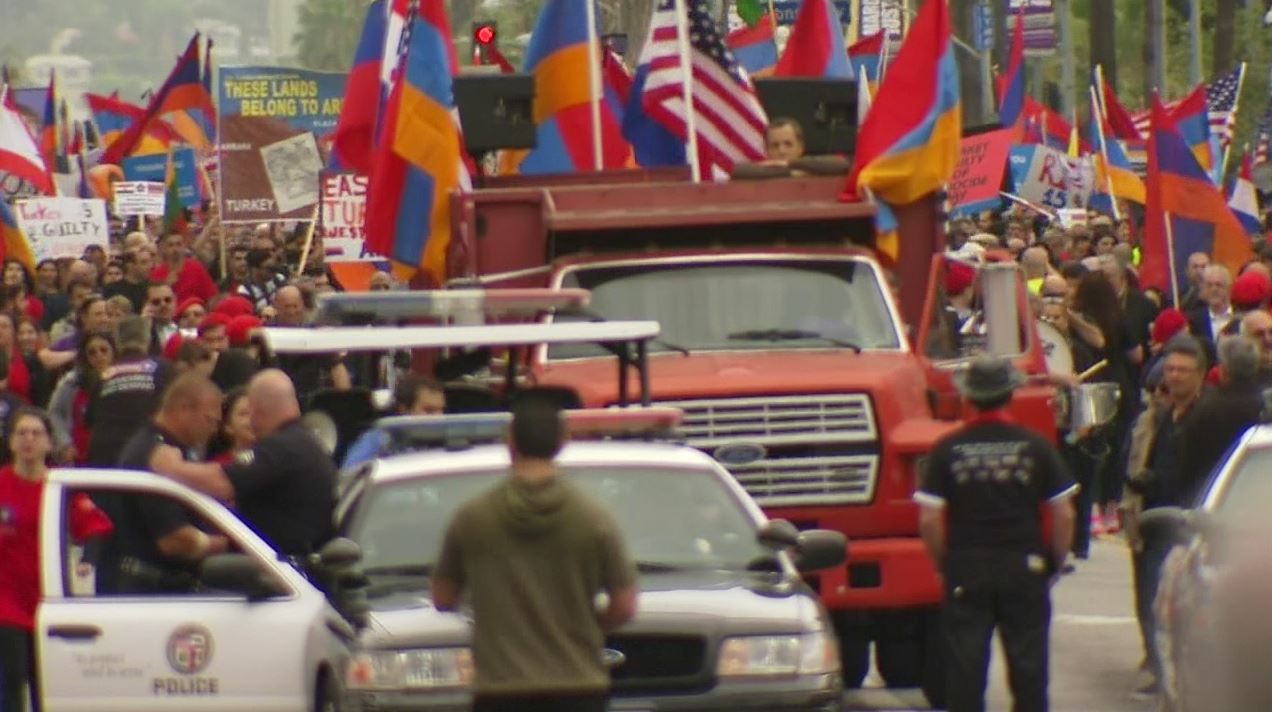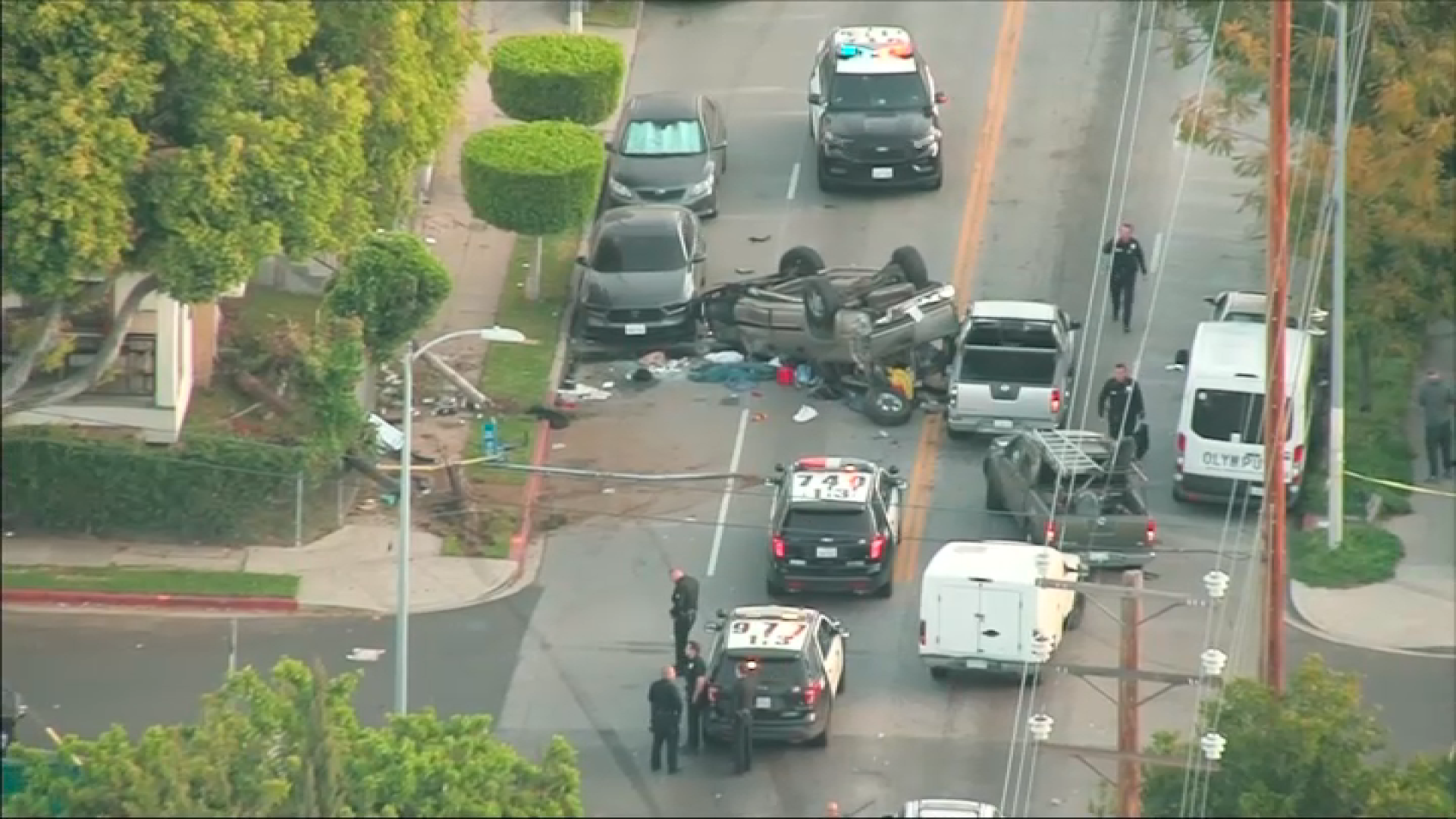Mihai Peteu experienced his first accident as a Los Angeles bicyclist in 2004, when a AAA driver hit him in downtown. The burst blood vessel in his lower back led to an almost eight-month recovery, and gave Peteu a first-hand account of the perils of bicycling in Los Angeles.
Peteu isn't the only one; over the past decade or so, bicycle activists and accident victims like Peteu have brought biking safety concerns to the forefront of the city's attentions. The efforts were especially bolstered after a motorist hit Mayor Antonio Villaraigosa while he was bicycling.
The Los Angeles City Council voted Tuesday to approve the bicycle master plan, which sets a long-term goal of some 1,680 miles of interconnected bikeways and calls for 200 miles of the new bike paths to be added every five years.
The plan has been in the works for more than three years.
The bicycle plan has undergone a tumultuous journey to reach the City Council. Many bicyclists were unsatisfied with earlier drafts, which gave suggestions rather than mandates as to what changes would be made, and did not consider bicycle lanes on major streets.
This version, however, takes into account bicycling feedback and has support from the majority of the bicycling community.
Local
Get Los Angeles's latest local news on crime, entertainment, weather, schools, COVID, cost of living and more. Here's your go-to source for today's LA news.
One of the hallmarks of the new plan is the Backbone Network, a 707-mile system of roads that will have substantial bikeway changes, adding continuous bicycle lanes to streets such as Santa Monica Boulevard and Wilshire Boulevard, busy thoroughfares many bicycling commuters need to use, but fear because of driver hostility and traffic.
Peteu was one of a group of volunteers who came together to create and present the city with the Backbone Network, and he said he was pleasantly surprised that the city chose to adopt it.
In addition to physical infrastructure changes, the plan aims to change the overall attitude of car-centric Angelinos through education, collaboration between different areas of transportation and city-sponsored community bicycling events.
The plan also has an implementation timeline, with efforts beginning this year and extending to 2045. Next, it needs the mayor's signature.
"The plan is good as it stands now," Peteu said. " There's no reason to wait any longer."



